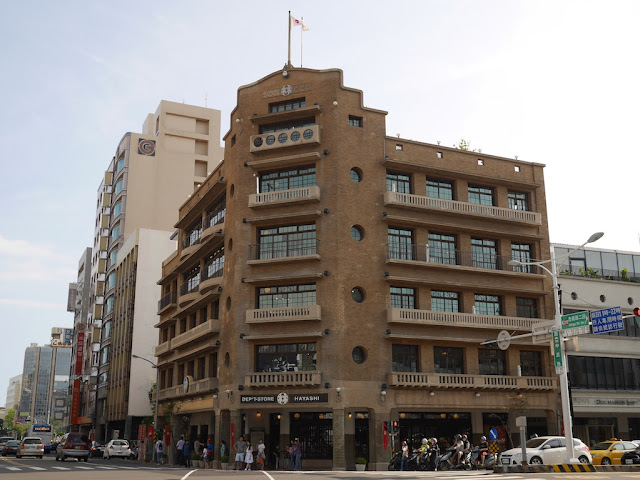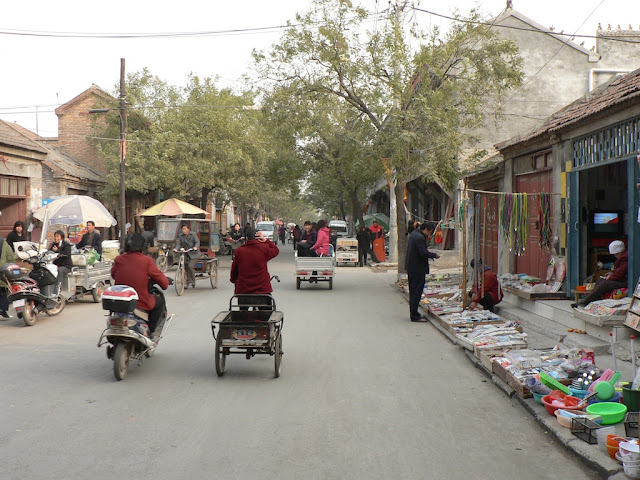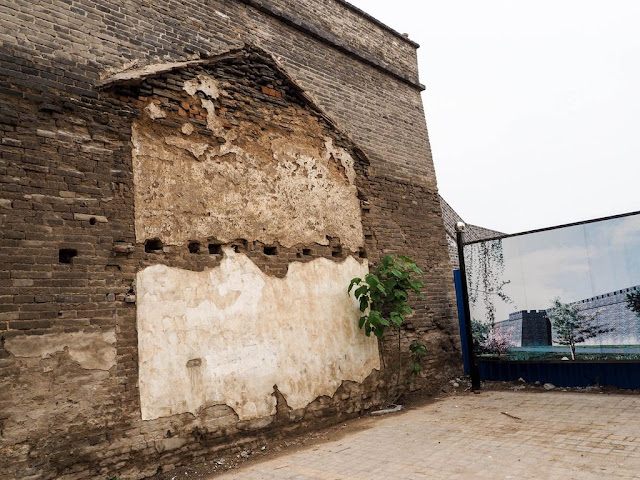The Hayashi Department store in Tainan, Taiwan, has several floors filled with a variety of goods for sale. The most recent renovations were completed two years ago, but on the 5th and 6th floors several signs suggest not everything was fixed.
On the top floors, the store provides an explanation (quoted "as is"*):
During the Pacific Wars in WWII, Taiwan was bombed by American's air raid. On March 1st, 1945, the Allied Forces conducted the biggest air raid to Tainan in Taiwan's history, bombing massively around Honcchou (Now Minquan Road) and Suehirochou (Now Zhongzheng Road). The roof and part of the floors were destroyed and government agencies nearby such like Tainan Prefecture Office suffered severe damage. The marks and bullets holes left on the façade of Hayashi Department Store were already repaired during the restoration, but on the top floor visitors can still see the evidence of that ferocious attack.For those wondering why the U.S. felt inclined to bomb Taiwan during World War II, the last three words of the store's history provided on a lower level are a big hint (quoted "as is"*):
Hayashi Department store was opened on 1932 (year 7 of the Showa Era) and located in West Central District of Tainan. It was known to the Tainan people as "The Five-Stories-House" (Gō-chàn-lâu-á). Upon completion, the building was the second large department store in Taiwan and also the highest in Tainan. Hayashi was the first department store in Tainan with internal lift and other modern equipment. It was also a symbol of Tainan's prosperity and progress milestones during the Japanese colonial period.The store's website has more details about its history.
I wouldn't have been at all surprised to hear this morning I would soon see an example of how the U.S. has left its mark in Tainan. This isn't what I would have expected though.
* I did fix two punctuation mistakes and added a needed space. Click the links for photos of the original texts which also include Chinese and Japanese versions.

































